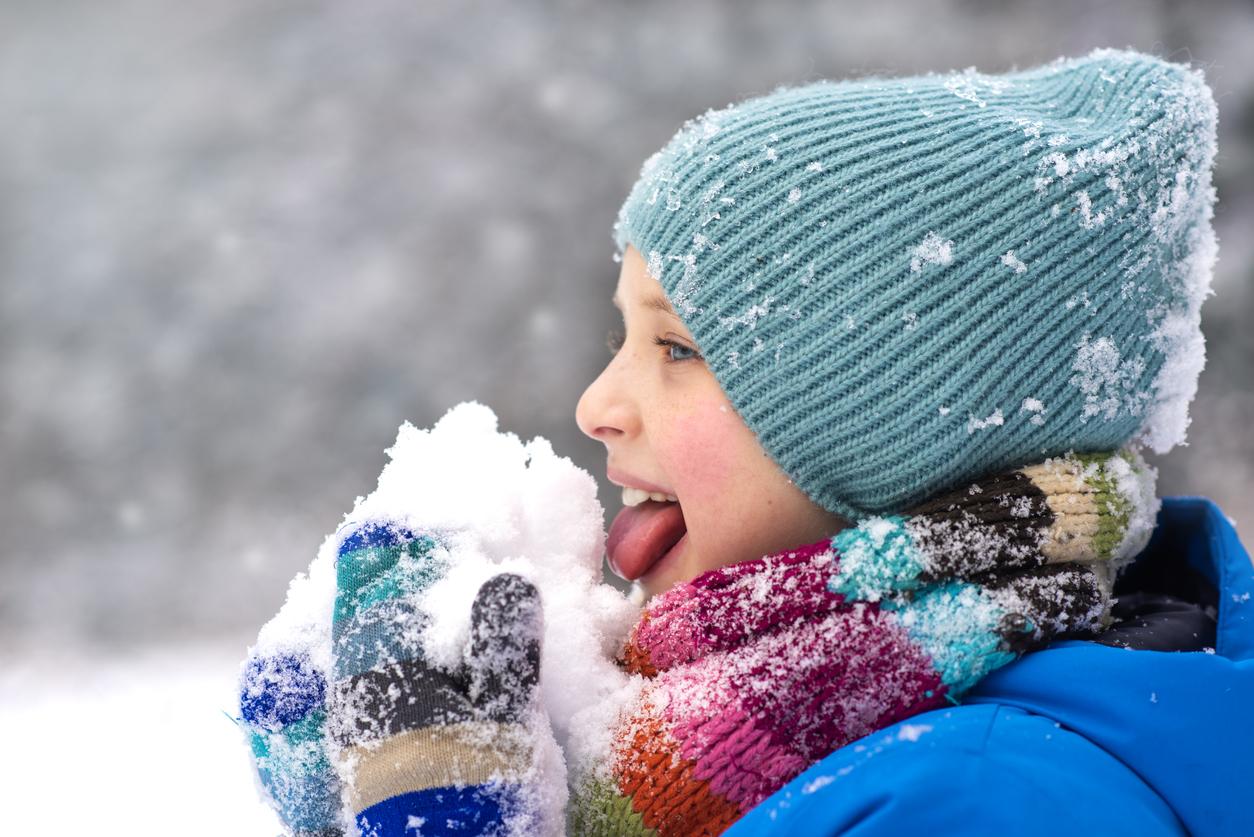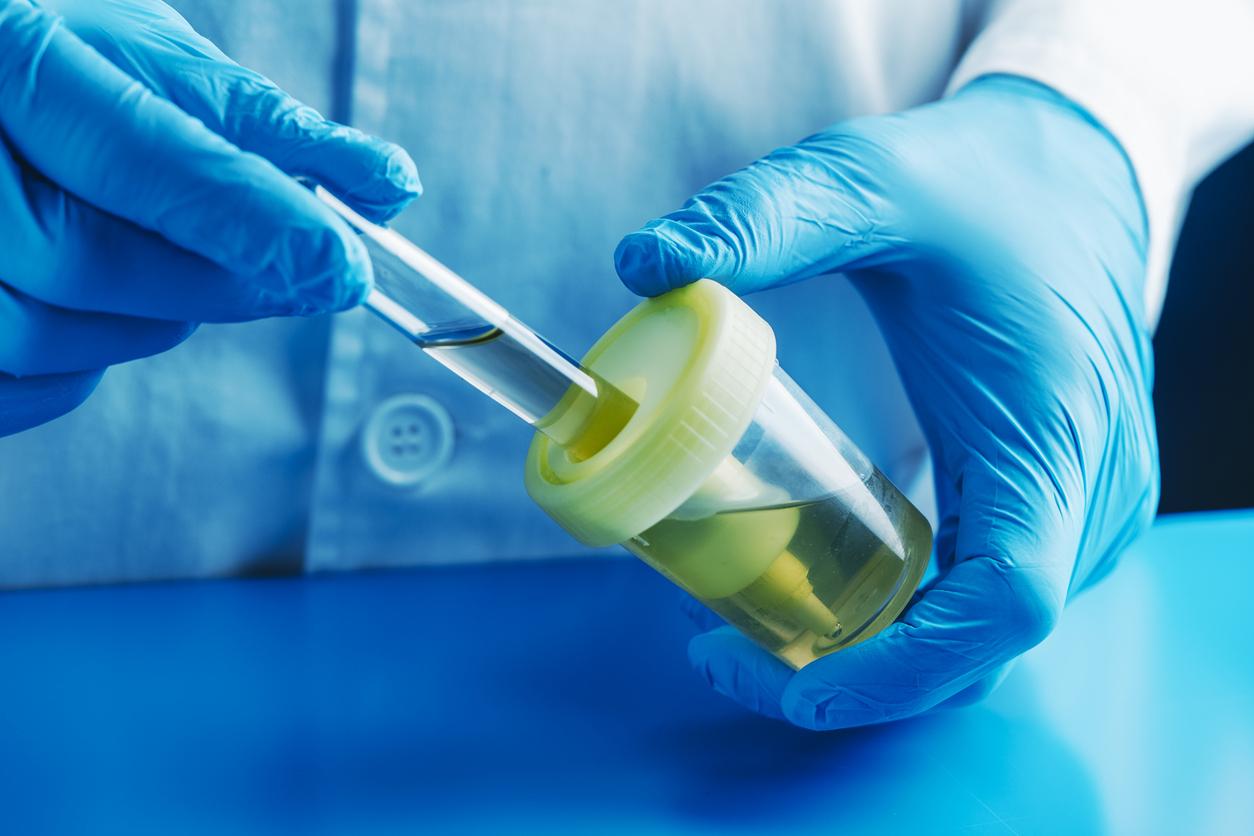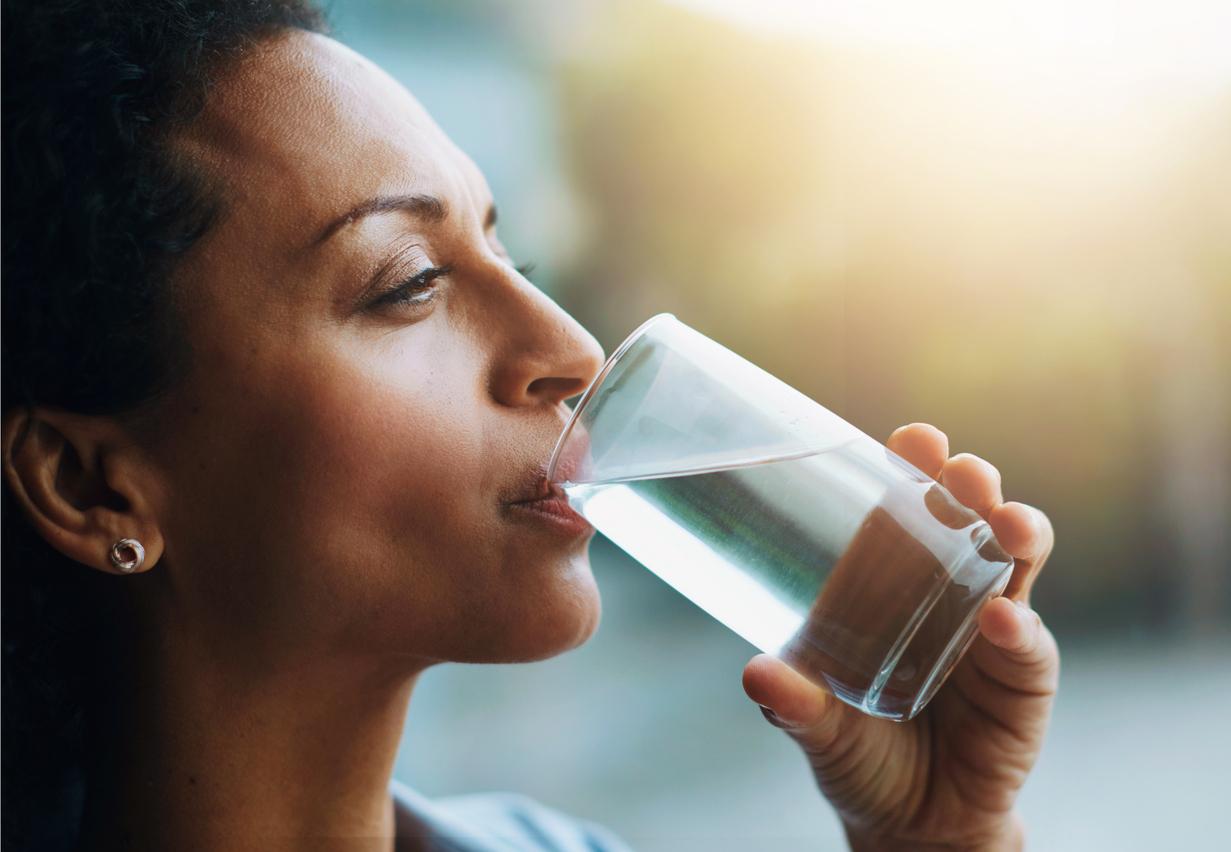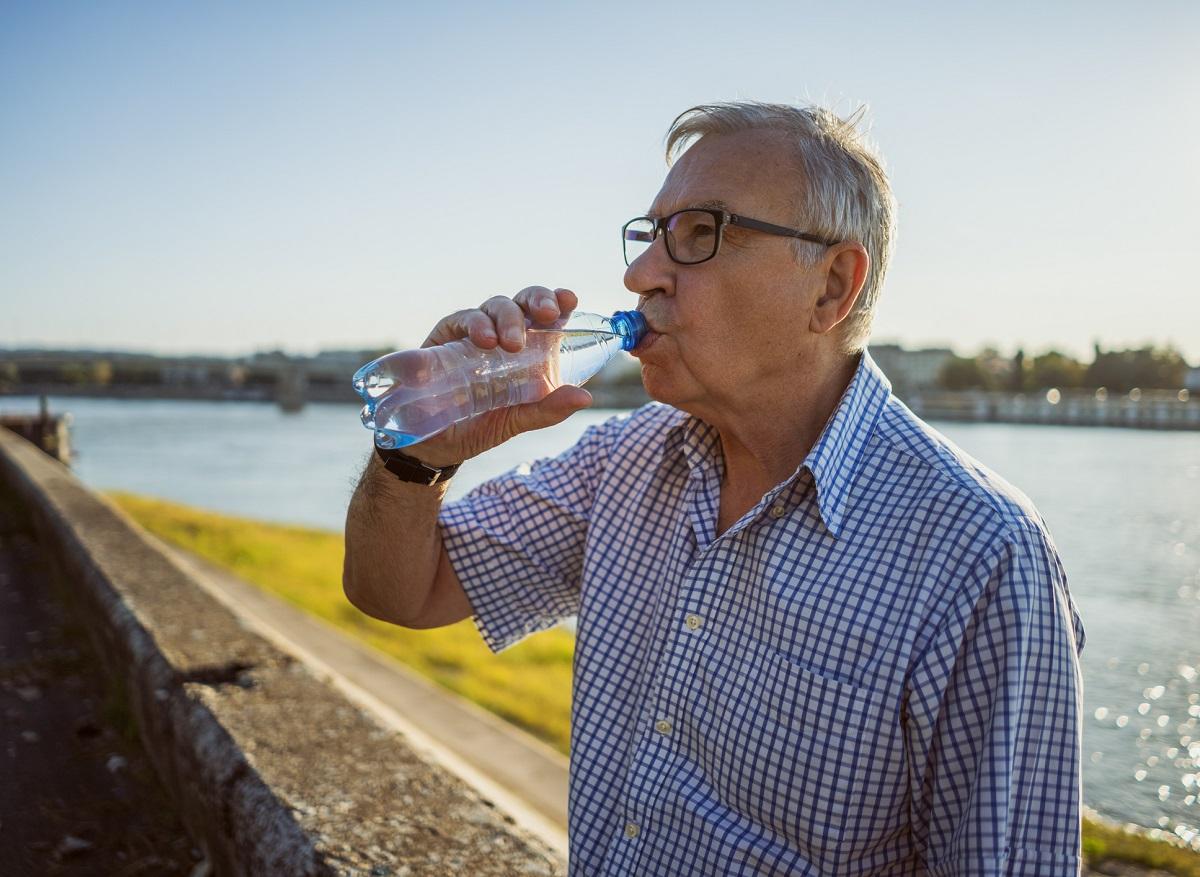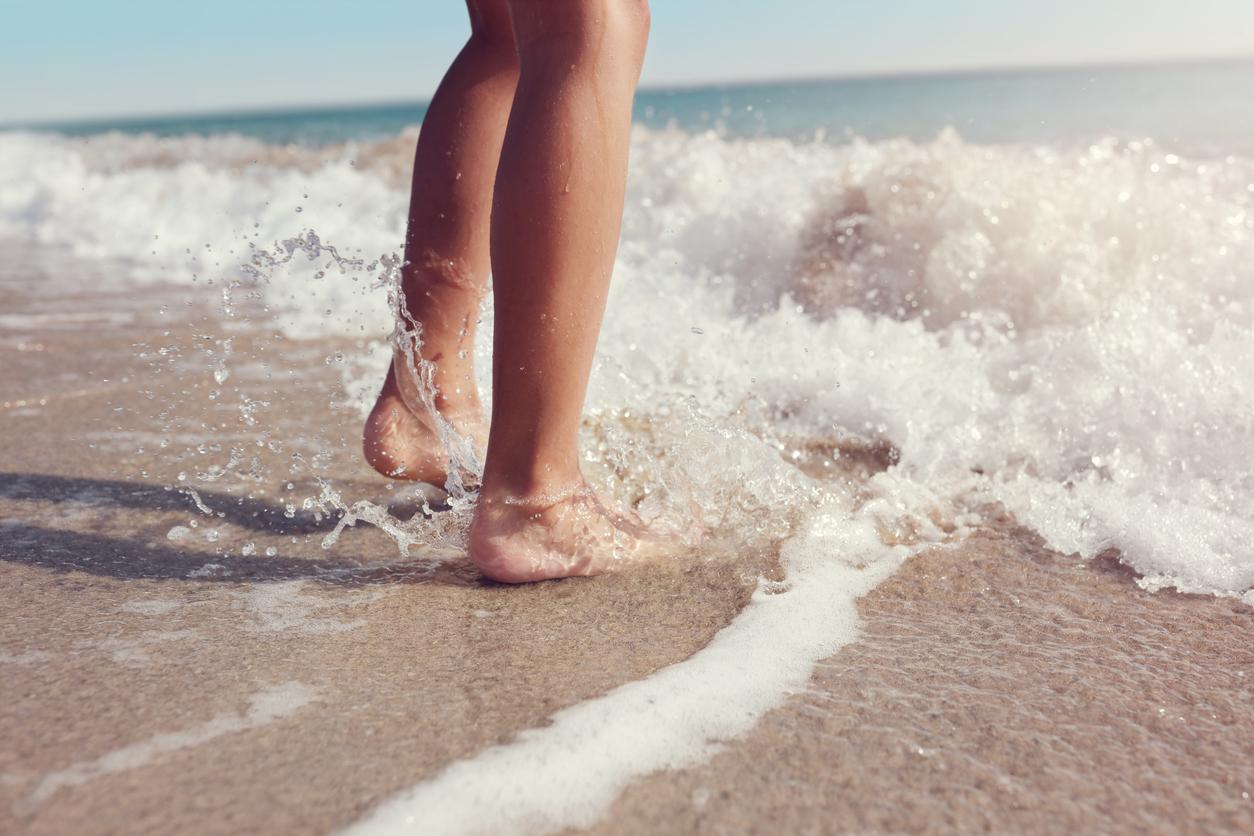Swimming in polluted water can be dangerous and can make you seriously ill. PlusOnline answers 7 questions about where you can and cannot swim and what you should pay attention to.
Where can you swim outside?
Of course in swimming pools. And beyond that, you can swim in any water in the Netherlands unless otherwise indicated. Most provinces have designated a few dozen places as natural bathing water and check whether these places are safe.
Why is swimming in open water dangerous?
Open water can be unsafe due to currents, shipping, glass shards and other debris on the bottom, poor visibility underwater or potholes in the bottom. In addition, the water may be contaminated with chemical substances, such as oil. And then there is also the danger of pathogenic bacteria.
What diseases can you get from it?
Quite a few. Nausea, vomiting and diarrhea are common complaints when a person ingests water contaminated with bacteria from people’s stools (such as coli bacteria and fecal streptococci). Cyanobacteria (blue algae) are naturally often found in open water and can cause gastro-intestinal infections, skin complaints and serious damage to the liver. Not very harmful, but very common, is a bacterium that causes ear infections (pseudomonas aeruginosa).
The bacterial species leptospira is transmitted through rat urine and can leptospirosis (including Weil’s disease, resulting in jaundice, liver inflammation and sometimes meningitis). Schistomoses (parasites of pond snails) cause itching of the skin. Finally, you have to watch out for botulism. The culprit is a dangerous bacteria (clostridium botulinum) which secretes toxins that affect the nerves. In the Netherlands, dead waterfowl and fish, in which this bacteria can occur, must be cleared quickly.
Where should I not swim?
Avoid natural water close to sewage treatment plants and places where the sewer overflows during heavy rainfall. Or natural water into which factories have discharged warm cooling water, because that amoebae (single-celled organisms) that cause brain inflammation. Stay away from water with layers that resemble green-blue oil floating on it, because that’s possible cyanobacteria contain. And do not venture into water with dead ducks or fish, for in it the botulinum bacteria thrive.
Who should be extra careful?
Anyone who spends a lot of time in natural water (such as divers and surfers), people who easily swallow water (small children, patients with a swallowing disorder), people with a poorer immune system (such as very old people) and people with open wounds. To reduce the risk of infection, it is recommended for everyone to rinse with tap water after swimming and dry yourself well.
Who checks whether the water is in order?
In the Netherlands, the province examines general safety in places with natural bathing water, and the amount of is also measured once every two weeks coli bacteria are in the water. The province compares these measurements with the legal standards and gives swimming advice. The province can also issue a negative advice for dangerous places. There is also the Blue Flag for clean beaches in Europe, awarded by an independent non-profit organization. Blue Flag and the ANWB are more strict than the provinces.
Where can I find information about natural bathing water?
Leaflets from the provinces about the quality of natural bathing water are available from libraries, police stations, ANWB and VVV offices. In summer, current bathing water information is available on Teletext page 725 (NOS). on www.waterland.net There are links to the bathing water pages of the provinces (choose Nederland Waterland and then Water & Recreation).
Swimming water telephones are available in all provinces, including North Holland (0800-998 67 34), South Holland (070-441 75 50), North Brabant (073-680 80 58), Friesland (058-292 56 50). Across the border: look at www.blueflag.org for European beaches.
Sources):
- Plus Magazine








